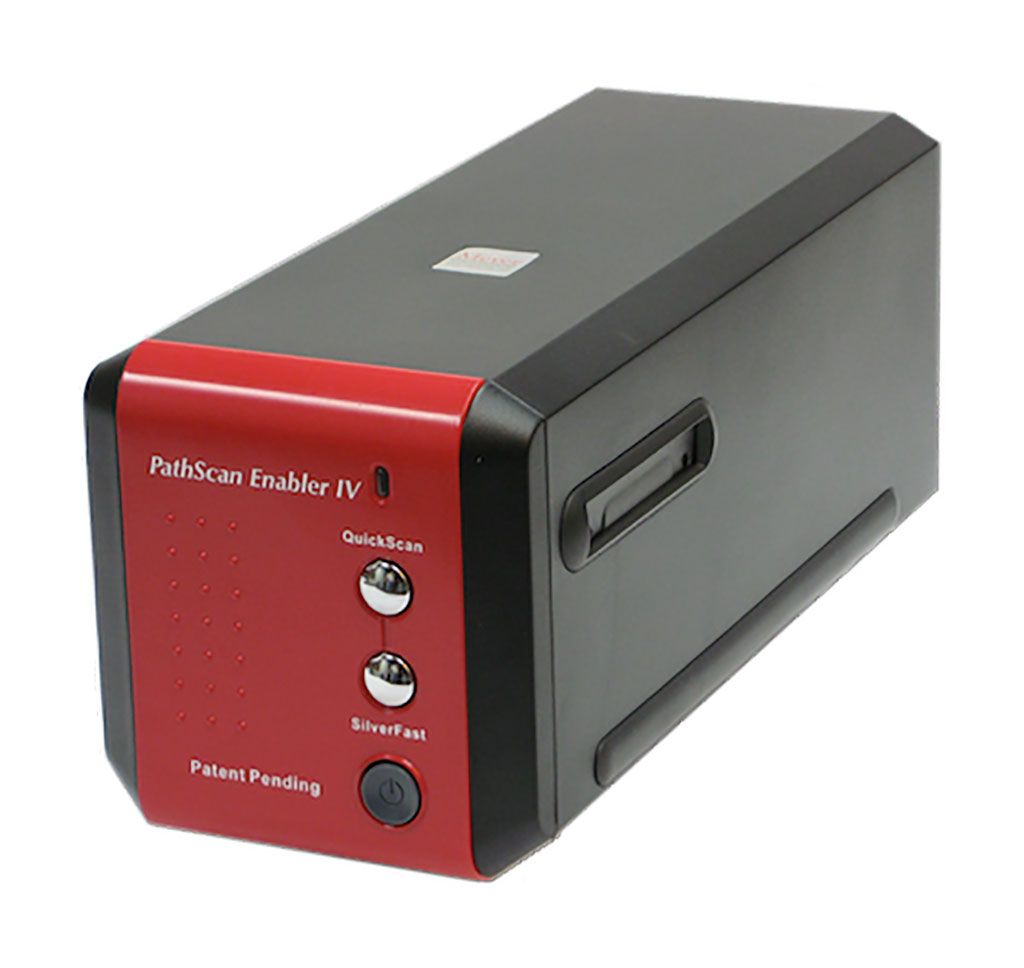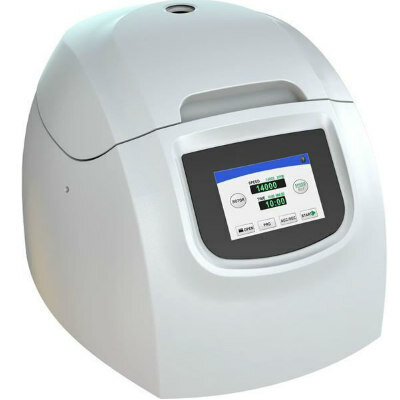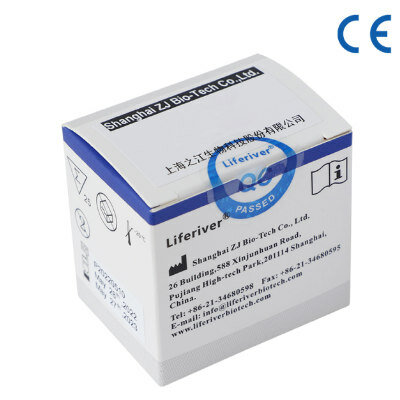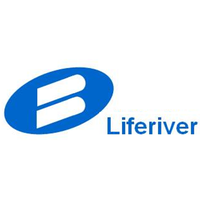Immunohistochemistry-Guided Sequencing Finds Mutations in Most Cortisol-Producing Adenomas
|
By LabMedica International staff writers Posted on 27 Apr 2022 |

Cushing syndrome (CS) represents a constellation of signs and symptoms associated with chronic and excessive exposure to glucocorticoids, from either endogenous endocrinopathies or, more commonly, from exogenous pharmacologic sources.
Endogenous CS can result from adrenocorticotropin (ACTH) or, rarely, corticotrophin-releasing hormone–secreting tumors, or from autonomous cortisol production directly from the adrenal glands, independently from ACTH. Solitary cortisol-producing adenomas (CPAs) account for most cases of ACTH-independent CS.
Medical Scientists at the University of Michigan Medical School (Ann Arbor, MI, USA) and their colleagues included on a study analyzed formalin-fixed, paraffin-embedded tissue from 77 patients (84.4% women; median age, 52.9 years) diagnosed with adrenocorticotropin-independent adrenal Cushing syndrome that underwent a unilateral adrenalectomy. The cohort included 32 patients with overt Cushing’s syndrome and 45 with mild autonomous cortisol excess.
The team used immunohistochemistry (IHC) for 17α-hydroxylase/17,20-lyase (CYP17A1) and 3β-hydroxysteroid dehydrogenase (HSD3B2), and identified 78 cortisol-producing adenomas (CPA; 32 overt Cushing syndrome (OCS CPAs) and 46 subclinical” mild autonomous cortisol excess (MACE CPAs). After confirmation of appropriate staining under a light microscope, slides were electronically scanned by a PathScan Enabler IV (Meyer Instruments, Houston, TX, USA). Genomic DNA was isolated from the FFPE CPAs and subjected to targeted amplicon sequencing for identification of somatic mutations. Mutation analysis of the CPA gDNA was carried out by targeted amplicon-based NGS using custom AmpliSeq panels and the Ion Torrent System (Thermo Fisher Scientific, Waltham, MA, USA).
The investigators reported of the somatic mutations identified, the most frequently altered genes were CTNNB1, altered in 42.3% of adenomas; PRKACA, altered in 20.5% of adenomas; and GNAS, altered in 9% of adenomas. The most common mutated gene in those with overt Cushing syndrome was PRKACA, whereas CTNNB1 was the most common mutation found in those with mild autonomous cortisol excess. The group found two unique adenomas in patients with mild autonomous cortisol excess that exhibited distinct regional heterogeneity in HSD3B2 expression. One somatic mutation that had not been previously reported, PRKACA p.P244_K250delinsQ, was observed in sequencing.
Juilee Rege, PhD, and Adina Turcu, MD, MS, an associate professor and leading authors of the study, said, “This unique spectrum of mutations in overt Cushing syndrome and mild autonomous cortisol excess would also indicate a distinct steroidogenic enzyme transcriptomic profile, and distinct steroid fingerprints in the peripheral circulation. Such developments could simplify the diagnosis of suspected Cushing syndrome, which is currently a cumbersome, multistep process.”
The authors conclude that a comprehensive FFPE IHC-guided gene-targeted sequencing approach identified somatic mutations in 71.8% of the CPAs. OCS CPAs demonstrated a distinct mutation profile compared to MACE CPAs. The study was originally published in the February 2022 issue of The Journal of Clinical Endocrinology & Metabolism.
Related Links:
University of Michigan Medical School
Meyer Instruments
Thermo Fisher Scientific
Latest Molecular Diagnostics News
- Blood Biomarker Test Could Detect Genetic Predisposition to Alzheimer’s
- Novel Autoantibody Against DAGLA Discovered in Cerebellitis
- Blood Test Could Identify Patients at Risk for Severe Scleroderma
- Gene-Based Blood Test Accurately Predicts Tumor Recurrence of Advanced Skin Cancer
- Rapid Blood Test Identifies Pre-Symptomatic Patients with Parkinson’s Disease
- Blood Test for Early Alzheimer's Detection Achieves Over 90% Accuracy
- RNA-Based Blood Test Detects Preeclampsia Risk Months Before Symptoms
- First Of Its Kind Test Uses microRNAs to Predict Toxicity from Cancer Therapy
- Novel Cell-Based Assay Provides Sensitive and Specific Autoantibody Detection in Demyelination
- Novel Point-of-Care Technology Delivers Accurate HIV Results in Minutes
- Blood Test Rules Out Future Dementia Risk
- D-Dimer Testing Can Identify Patients at Higher Risk of Pulmonary Embolism
- New Biomarkers to Improve Early Detection and Monitoring of Kidney Injury
- Chemiluminescence Immunoassays Support Diagnosis of Alzheimer’s Disease
- Blood Test Identifies Multiple Biomarkers for Rapid Diagnosis of Spinal Cord Injury
- Highly Accurate Blood Test Diagnoses Alzheimer’s and Measures Dementia Progression
Channels
Clinical Chemistry
view channel
‘Brilliantly Luminous’ Nanoscale Chemical Tool to Improve Disease Detection
Thousands of commercially available glowing molecules known as fluorophores are commonly used in medical imaging, disease detection, biomarker tagging, and chemical analysis. They are also integral in... Read more
Low-Cost Portable Screening Test to Transform Kidney Disease Detection
Millions of individuals suffer from kidney disease, which often remains undiagnosed until it has reached a critical stage. This silent epidemic not only diminishes the quality of life for those affected... Read more
New Method Uses Pulsed Infrared Light to Find Cancer's 'Fingerprints' In Blood Plasma
Cancer diagnoses have traditionally relied on invasive or time-consuming procedures like tissue biopsies. Now, new research published in ACS Central Science introduces a method that utilizes pulsed infrared... Read moreHematology
view channel
New Scoring System Predicts Risk of Developing Cancer from Common Blood Disorder
Clonal cytopenia of undetermined significance (CCUS) is a blood disorder commonly found in older adults, characterized by mutations in blood cells and a low blood count, but without any obvious cause or... Read more
Non-Invasive Prenatal Test for Fetal RhD Status Demonstrates 100% Accuracy
In the United States, approximately 15% of pregnant individuals are RhD-negative. However, in about 40% of these cases, the fetus is also RhD-negative, making the administration of RhoGAM unnecessary.... Read moreImmunology
view channel
Stem Cell Test Predicts Treatment Outcome for Patients with Platinum-Resistant Ovarian Cancer
Epithelial ovarian cancer frequently responds to chemotherapy initially, but eventually, the tumor develops resistance to the therapy, leading to regrowth. This resistance is partially due to the activation... Read more
Machine Learning-Enabled Blood Test Predicts Immunotherapy Response in Lymphoma Patients
Chimeric antigen receptor (CAR) T-cell therapy has emerged as one of the most promising recent developments in the treatment of blood cancers. However, over half of non-Hodgkin lymphoma (NHL) patients... Read moreMicrobiology
view channel
Handheld Device Delivers Low-Cost TB Results in Less Than One Hour
Tuberculosis (TB) remains the deadliest infectious disease globally, affecting an estimated 10 million people annually. In 2021, about 4.2 million TB cases went undiagnosed or unreported, mainly due to... Read more
New AI-Based Method Improves Diagnosis of Drug-Resistant Infections
Drug-resistant infections, particularly those caused by deadly bacteria like tuberculosis and staphylococcus, are rapidly emerging as a global health emergency. These infections are more difficult to treat,... Read more
Breakthrough Diagnostic Technology Identifies Bacterial Infections with Almost 100% Accuracy within Three Hours
Rapid and precise identification of pathogenic microbes in patient samples is essential for the effective treatment of acute infectious diseases, such as sepsis. The fluorescence in situ hybridization... Read morePathology
view channel
Novel UV and Machine Learning-Aided Method Detects Microbial Contamination in Cell Cultures
Cell therapy holds great potential in treating diseases such as cancers, inflammatory conditions, and chronic degenerative disorders by manipulating or replacing cells to restore function or combat disease.... Read more
New Error-Corrected Method to Help Detect Cancer from Blood Samples Alone
"Liquid biopsy" technology, which relies on blood tests for early cancer detection and monitoring cancer burden in patients, has the potential to transform cancer care. However, detecting the mutational... Read more
"Metal Detector" Algorithm Hunts Down Vulnerable Tumors
Scientists have developed an algorithm capable of functioning as a "metal detector" to identify vulnerable tumors, marking a significant advancement in personalized cancer treatment. This breakthrough... Read more
Novel Technique Uses ‘Sugar’ Signatures to Identify and Classify Pancreatic Cancer Cell Subtypes
Pancreatic cancer is often asymptomatic in its early stages, making it difficult to detect until it has progressed. Consequently, only 15% of pancreatic cancers are diagnosed early enough to allow for... Read moreTechnology
view channel
Disposable Microchip Technology Could Selectively Detect HIV in Whole Blood Samples
As of the end of 2023, approximately 40 million people globally were living with HIV, and around 630,000 individuals died from AIDS-related illnesses that same year. Despite a substantial decline in deaths... Read more
Pain-On-A-Chip Microfluidic Device Determines Types of Chronic Pain from Blood Samples
Chronic pain is a widespread condition that remains difficult to manage, and existing clinical methods for its treatment rely largely on self-reporting, which can be subjective and especially problematic... Read more
Innovative, Label-Free Ratiometric Fluorosensor Enables More Sensitive Viral RNA Detection
Viruses present a major global health risk, as demonstrated by recent pandemics, making early detection and identification essential for preventing new outbreaks. While traditional detection methods are... Read moreIndustry
view channel
Cepheid and Oxford Nanopore Technologies Partner on Advancing Automated Sequencing-Based Solutions
Cepheid (Sunnyvale, CA, USA), a leading molecular diagnostics company, and Oxford Nanopore Technologies (Oxford, UK), the company behind a new generation of sequencing-based molecular analysis technologies,... Read more
Grifols and Tecan’s IBL Collaborate on Advanced Biomarker Panels
Grifols (Barcelona, Spain), one of the world’s leading producers of plasma-derived medicines and innovative diagnostic solutions, is expanding its offer in clinical diagnostics through a strategic partnership... Read more



















